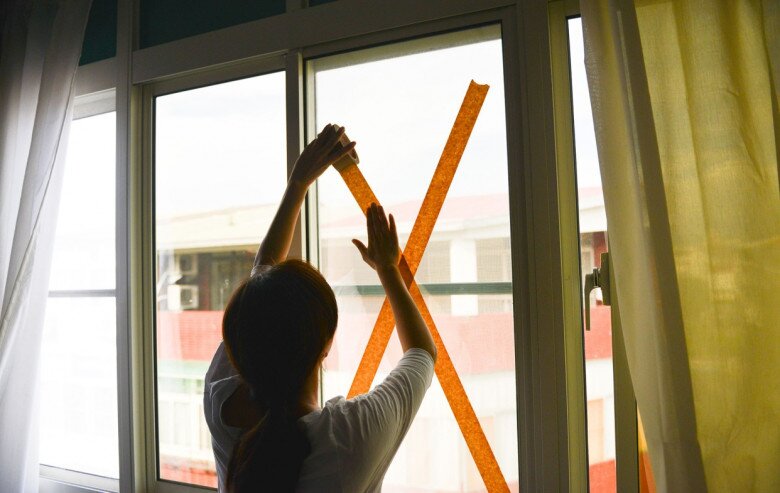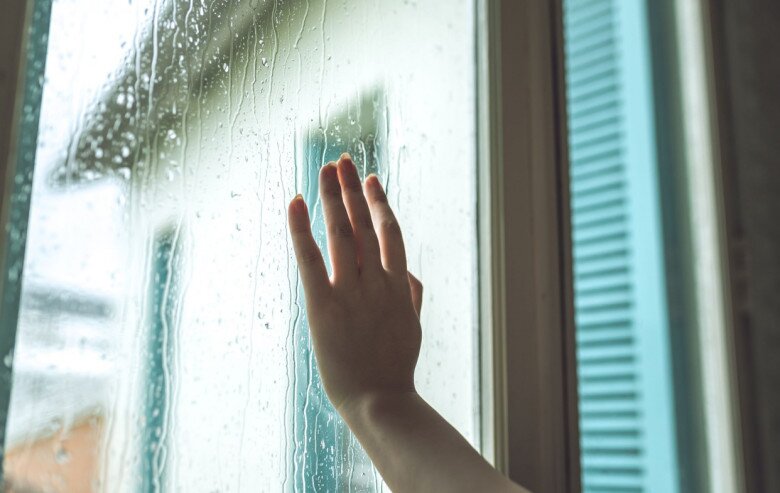As storms approach, many residents of apartment buildings in Hanoi, especially those on higher floors, have taken to taping up their windows. This method of storm preparation has also been adopted by people in other countries in anticipation of Typhoon Yagi. But is it truly effective?

1. To tape or not to tape windows during a storm?
Glass is made from a mixture of molecules such as silicon dioxide and sodium oxide, but the molecular structure is uneven, making it hard and brittle rather than flexible. As a result, glass can shatter when subjected to strong winds during a storm.
To enhance the durability of glass during stormy weather, we need to strengthen the bonds between molecules from the outside. One popular method is to use tape on windows.
Tape is a type of polymer with strong molecular bonds; it is flexible and easily bendable. Research shows that taping an X on a window will cause the force of the wind to be transformed into tension within the tape. This tension is then dispersed horizontally and vertically, enabling the metal window frame to bear the force more effectively and reducing the risk of glass breakage.
Even if the glass does break, the tape will hold the shards in place, preventing them from scattering and causing harm. Additionally, it makes cleaning up broken glass less arduous.

However, the National Oceanic and Atmospheric Administration (NOAA) in the United States holds a different view. In 2018, NOAA stated that taping windows during a storm is a waste of time, effort, and money.
According to NOAA, taping windows does not increase the strength of the glass or prevent it from shattering. And if the storm passes without causing any breakage, people will have to spend additional time scraping off the tape that has firmly adhered to the windows.
2. Alternative methods to protect windows during a storm
– Keep windows closed during a storm
The first thing to do when a storm is approaching is to ensure all windows are closed. This prevents rainwater from entering your home and helps reduce the pressure inside your house.
Keeping windows closed also minimizes the impact of the wind, reducing the likelihood of breakage or damage.

– Use plywood to shield windows
Plywood is one of the most durable materials in construction and can be used to safeguard windows during a storm. Use plywood sheets that are approximately 1.6 cm thick to cover your windows before the storm hits.
By boarding up all the windows and glass doors in your home, you can protect the glass from breaking. Even if the glass does break, the plywood will help contain the shards, preventing them from flying into your home and causing further damage.
– Secure windows with bars
Installing bars outside the windows provides additional security by preventing the windows from being pushed in or out. When installing bars, ensure they are firmly attached to the window frame for maximum stability.
– Draw the curtains
Closing the curtains will help contain glass and debris if your windows break during the storm. In this scenario, the curtains will protect your family from flying glass and debris, and they will also confine the damage to a smaller area, making cleanup much easier.
































